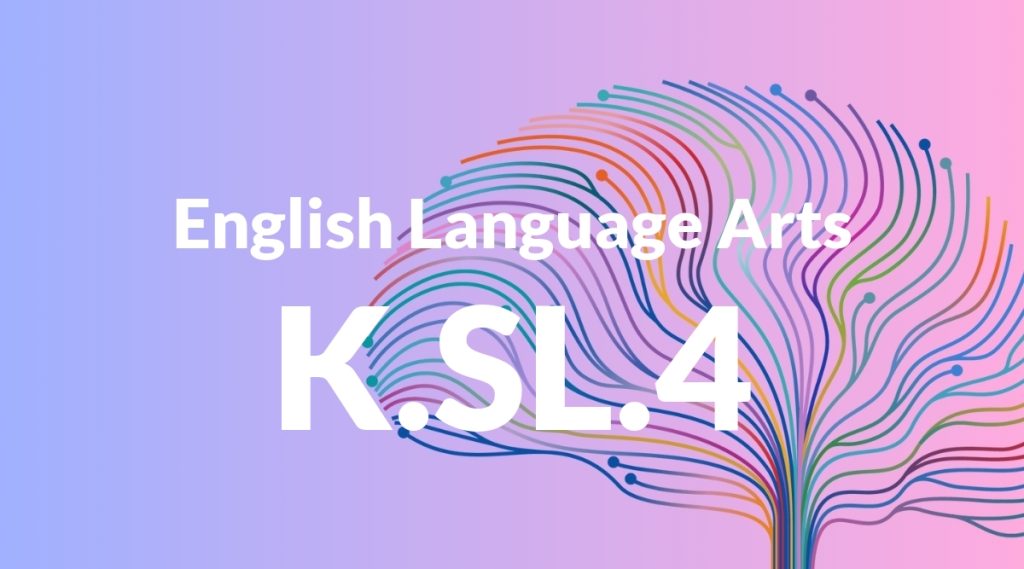Standard: K.SL.4 – Describe familiar people, places, things, and events and, with prompting and support, provide additional detail.
Grade level: Kindergarten
Subject: English Language Arts
Domain: Speaking & Listening
Teacher Overview
This standard focuses on helping students describe familiar people, places, things, and events with added detail. This is crucial for developing their communication skills, which are foundational for future learning in all subjects. Students should be familiar with basic vocabulary and simple sentence structures. They should also be able to recognize and name common objects, people, and places in their environment.
After mastering this standard, students will be able to provide more detailed and clear descriptions, which will aid in their ability to communicate effectively in both academic and social settings.
Common Misconception 1
Some students may think they need to describe something perfectly without any mistakes. This misconception can cause anxiety and hinder their willingness to participate.
Intervention 1
Reassure students that making mistakes is part of learning. Provide positive reinforcement and gentle corrections to build their confidence.
Common Misconception 2
Students might believe that they can only describe objects and not people or events. This limits their ability to fully engage with the standard.
Intervention 2
Use varied examples and prompts to demonstrate that descriptions can include a wide range of subjects, including people, places, and events.
Prerequisite Knowledge
Students should be able to recognize and name common objects, people, and places in their environment. They should also have basic vocabulary and sentence structure knowledge.
Subsequent Knowledge
Students will develop more detailed descriptive skills, expand their vocabulary, and improve their ability to communicate clearly and effectively about a variety of topics.
Instructional Activities
- Show-and-tell sessions where students describe their favorite toy or book.
- Storytelling activities where students describe a recent event.
- Class discussions about family members and their roles.
- Drawing and describing pictures of familiar places.




